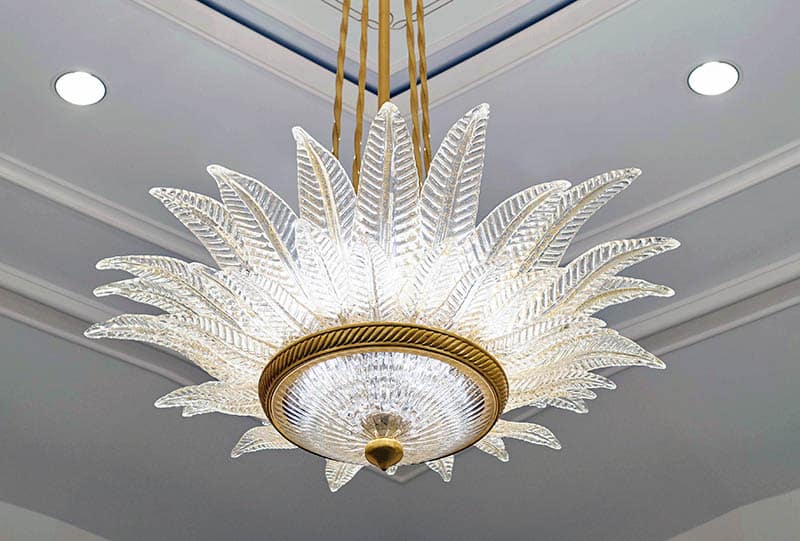Last Updated on May 23, 2019 by Gino Borghese
Designers and artists have long known the secrets of how colour can affect emotions and moods. Each individual colour has a different effect on the way we feel as found by the study of Chromotherapy, also known as colour therapy.
Chromotherapy studies the effects of colours on the human body and in particular, for helping and treating physical ailments. It is believed that depending on where in the body the problem lies, a certain colour can be used to improve it.
The scientist who first looked at such theories was August Pleasanton in 1876. He primarily focused on the colour blue and how the blue rays in sunlight and the colour of the sky helped to stimulate plant growth. His writing was the first introduction of the ideas of chromotherapy into modern medicine. Colour therapy is different to light therapy, which is used to treat skin complaints like psoriasis by shining a bright white light onto the person over a period of time.
The human eye can distinguish between a staggeringly large number of different colours and shades. For ease, colours are broken down into different groups. Primary colours include red, yellow and blue. Secondary colours include orange, green and purple. Each colour has a different meaning and effect on the human body. Adding coloured lighting in your home not only sets the desired mood but will also affect how you feel. Think about incorporating some colour in your designer wall lights.
RED – THE ENERGY BOOSTER
Red is considered a warm colour and is linked to areas of the body including the spine, the kidneys and your sense of smell. It is deemed a good colour for those suffering from fatigue and red-light therapy has been shown to improve muscle aching and joint stiffness. It is also said to boost libido and increase sexual desire.
BLUE – FOR PEACE
Blue is said to be the opposite of red and offers a calming effect. It is helpful for those suffering with high blood pressure and can also be used in the treatment of migraine. Body parts linked to this colour include the ears, mouth and throat.
YELLOW – THE MOOD-LIFTER
Yellow colour therapy has been known to improve the symptoms of depression and it’s also used to ease problems associated with the digestive system. The colour yellow is linked to the intestines, liver and stomach area of the body.
PURPLE – FOR A GOOD NIGHT’S SLEEP
For those struggling with insomnia or excessive stress and periods of emotional strife, purple can calm, relax and promote restful sleep. This colour is linked to both the eyes and the central nervous system. Working in opposition to red, purple is known to curb sexual desire.
GREEN – THE STRENGTH-GIVER
As the colour associated with nature, green light promotes the growth of hormones and helps to strengthen muscles, skin and bones. Green light therapy is also said to boost one’s immune system.
ORANGE – FOR CREATIVITY
Anyone who wants to increase their creativity, whether for work or leisure pursuits should surround themselves with orange hues. This colour stimulates creative thought, enabling you to think freely and come up with fresh ideas. Breathing is linked to orange, as is the production of breastmilk for women who are breastfeeding.
